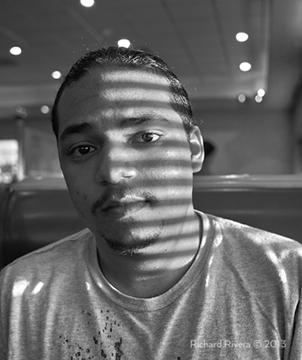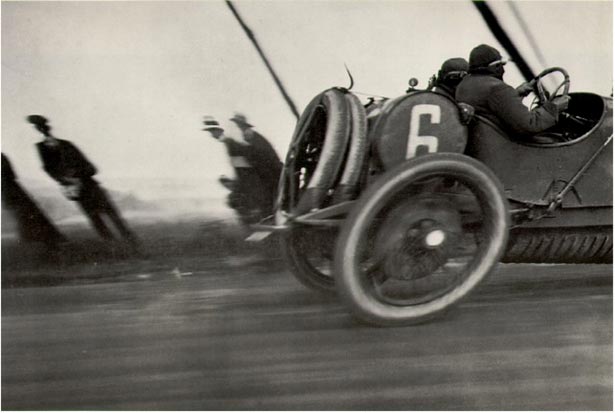

Balancing the Photographic Trinity: Aperture, Shutter Speed & ISO
by Richard Rivera
New students to photography may be perplexed by the “trinity” of image making: aperture, shutter speed, and ISO.
Aperture is the diameter of the lens opening that allows light to reach the digital sensor (or film).
The shutter is the mechanism that opens and closes at a variety of durations, termed “shutter speeds,” allowing light to reach the digital sensor (or film) for as short a duration as 1/4000 of a second, or as long as several seconds.
In simple terms, ISO is the sensitivity of film to light, some films being more sensitive to exposure than others. With digital sensors ISO is much more complicated. Modern digital sensors do have a “native” or base ISO, typically somewhere between 200 and 100. But because the electronic signal can be amplified beyond the base, ISO can range anywhere between 50 and 1,600 or higher depending on the camera. The ideal exposure will optimize dynamic range—capturing the lightest highlight detail while retaining the darkest shadow detail—and minimize sensor “noise.”
The word “photography” literally translated from the Greek means “photos” or light, and “graphé” or drawing. So we are drawing with light. If we were drawing on paper we would have to control the flow of ink or the degree of pencil pressure in order to create a picture. The challenge of drawing with light is controlling the exact amount of light needed via the lens opening (aperture) that allows light into the camera; the shutter duration of light striking the surface (sensor or film); and the sensitivity (ISO) of the surface receiving the light to create an image.
With digital cameras the ISO can be altered for every single exposure. With film, the ISO chosen remains the same and is unalterable (with the exception of “push processing”).
The three factors of aperture, shutter speed, and ISO must always be in balance to the finite amount of light coming into the camera. For any photographic image the amount of light is constant, the other three factors are variable. If the photographer leaves the ISO at a constant setting for the situation, which is typical in usage, then there are only two variables to deal with: aperture and shutter speed. If your desire is to stop visible motion of objects and people, it requires a very fast shutter speed of a fraction of a second, e.g., 1/250 of a second or greater, and that becomes the priority. However, if you are photographing under low light conditions the priority becomes opening the aperture as much as possible to maximize the amount of light received, and the shutter speed must be balanced against it. For each of these actions, a counter-balancing of aperture as in the first case; or shutter speed to compensate for prioritizing the aperture in the second case, becomes necessary.
It might help to think of managing light as a scale with weights on each side, where with a fixed ISO, there must be a constant balance of aperture and shutter speed to achieve an image that is neither too light nor too dark.
With automatic exposure cameras, if you choose to set the shutter speed (as shutter priority) then the camera will automatically set the corresponding aperture to balance the exposure. However if you choose the aperture as a priority, then the camera will automatically set the corresponding shutter speed to correctly expose the image. This will be true for either film or digital cameras.
Experimenting with aperture and shutter speed settings as part of the learning process will reward you with marvelous and often surprising results. Playing with blurring or slow shutter speeds will challenge your assumptions of what a photographic image can be. Digital cameras have lowered the cost for amateurs learning and experimenting with photography. If it becomes your passion you will find that the instant feedback of seeing your images will accelerate your learning and enjoyment. Have fun!
August 12, 2015

A Delage Racer at the Gran Prix, 1912 by Jacques-Henri Lartigue

Unsighted by Richard Rivera
Copyright © 2015 Richard Rivera & Rivera Arts Enterprises All rights reserved. No copying or reproduction of any kind without express written permission from Richard Rivera
Legal Disclosure Camera Sense and Eagles of New York are trademarks of Elk Partners LLC